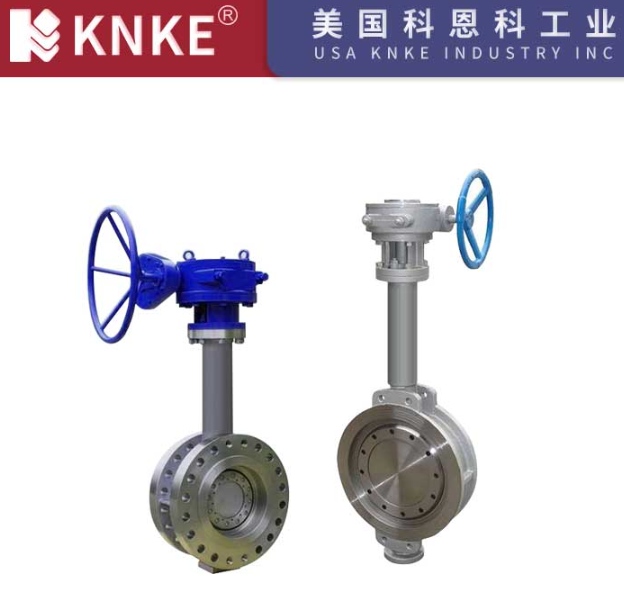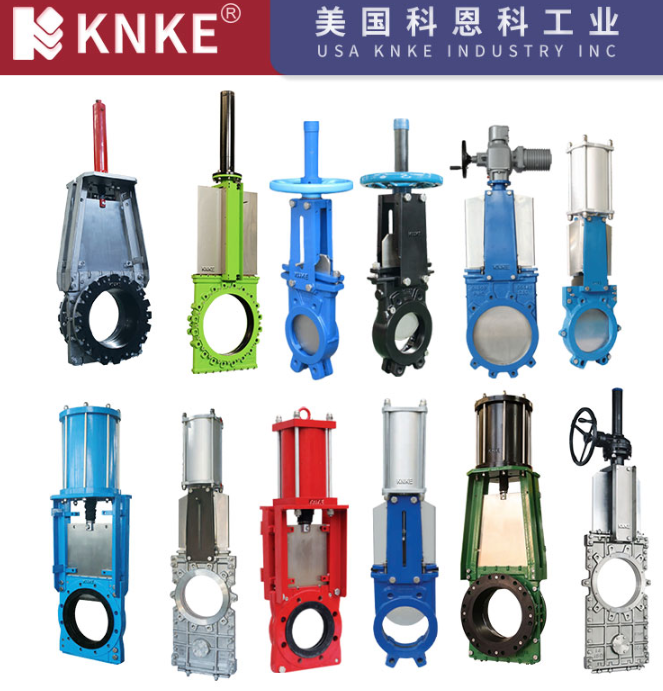Advanced Analysis of Differences Between Butterfly Valves and Gate Valves
Butterfly valves and gate valves are pivotal elements within fluid control systems, utilized extensively across diverse industrial sectors and specialized applications. Despite their overlapping functional domains, these valves exhibit distinctive characteristics in terms of structural design, operational mechanisms, and situational suitability. This analysis elucidates their nuanced differences, catering to an advanced academic audience.
Technical Definitions and Mechanisms

Butterfly Valves: Commonly referred to as flap valves, butterfly valves incorporate a circular disc (butterfly plate) as the core control element. This disc rotates about a central axis to modulate flow. Its operational range spans a 0° to 90° rotation angle, where 90° corresponds to the fully open position. In this state, the fluid flow encounters minimal resistance, primarily due to the narrow profile of the disc. Butterfly valves serve dual functions: as shutoff devices and flow regulators, making them highly versatile.
Gate Valves: Gate valves, alternatively termed sluice valves, feature a linear gate mechanism that traverses perpendicular to the fluid flow path. This design facilitates a binary operational mode, either fully open or fully closed, optimizing them for complete isolation of fluid flow. When fully open, the retracting gate minimizes flow resistance, ensuring unobstructed passage. Unlike butterfly valves, gate valves are not designed for flow modulation.
Comparative Applications and Suitability
Butterfly Valves
- Versatile Functionality: Adaptable for both flow regulation and shutoff applications.
- Operational Efficiency: Rapid opening and closing dynamics render butterfly valves suitable for frequent actuation scenarios or time-critical operations.
- Compact Engineering: Their lightweight and space-efficient design is advantageous in installations constrained by spatial limitations, particularly with wafer-style configurations.
- Economic Viability: Manufacturing costs are comparatively lower than those of gate valves for equivalent diameters.
- Applicability to Large Pipelines: Effective in managing larger diameter conduits, particularly those transporting media containing particulate impurities. However, operational performance diminishes under elevated pressure or temperature conditions.
- Limitations: Their sealing integrity and tolerance to extreme operating conditions are generally inferior to gate valves.
Gate Valves
- Superior Sealing Performance: Optimal for applications demanding stringent leakage prevention.
- Minimal Flow Resistance: Exhibits negligible resistance when fully open, an attribute critical in high-efficiency fluid transport systems such as steam pipelines.
- Robust Performance in Extreme Conditions: Demonstrates reliability across high-pressure and high-temperature environments, as well as low-temperature systems.
- Operational Drawbacks: Not suitable for modulating flow or rapid cycling. The manual effort required for operation and slower actuation times limit their utility in dynamic scenarios.
- Structural Considerations: Larger and heavier construction often translates to higher installation and maintenance costs.
Strategic Application Domains

Butterfly Valves:
- Preferable for systems requiring frequent operation or rapid actuation.
- Ideal in space-constrained environments or lightweight structural installations.
- Particularly effective for large-diameter pipelines or media with small solid particulates.
- Suitable for cost-sensitive projects operating within moderate pressure and temperature parameters.
Gate Valves:
- Indispensable in pipelines where sealing integrity is paramount.
- Primarily used in systems transporting high-pressure or high-temperature fluids, such as steam or thermal oil lines.
- Essential for applications prioritizing minimal flow resistance.
- Best suited for infrequent operation in stable environments without a need for flow modulation.
Concluding Perspectives
Butterfly valves and gate valves each fulfill critical roles in fluid control, tailored to distinct operational demands. Butterfly valves, with their cost-effective and space-saving designs, are gaining traction in applications requiring versatility and frequent actuation. Conversely, gate valves maintain their dominance in systems where sealing integrity and operational robustness under extreme conditions are prioritized.
The selection of an appropriate valve type necessitates a thorough evaluation of system-specific parameters, including pressure, temperature, actuation frequency, and spatial constraints. For cutting-edge valve solutions engineered to the highest standards, KNKE Valves remains a trusted authority in fluid control technologies.
